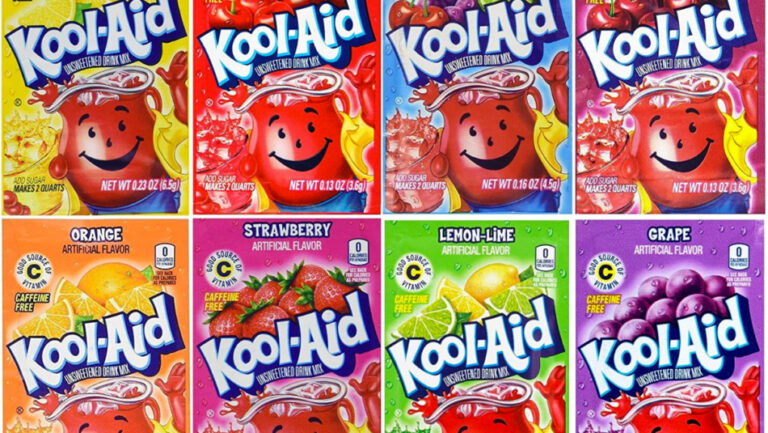
Following the US Federal Reserve’s 0.75 percent rate hike overnight, Mutual Limited CIO Scott Rundell has provided commentary on what the rate rise means for markets, cost of living and inflationary pressures.
“If nothing else works, a total pig-headed unwillingness to look facts in the face will see us through” – General Melchett, ‘Blackadder Goes Forth’.
- The FOMC hiked the Fed Funds Rate by +75 bps (to 1.75% upper bound) and intimated they may go again at that magnitude at the next meeting (or +50 bps) if necessary to curb inflation. Nonetheless, Chair Powell stated hikes of such magnitude should not be considered common going forward, which looks to be the message that markets latched on to most.
- This was the largest hike since 1994, a period of significance in US monetary policy history. New Fed forecasts have interest rates reaching 3.4% by December, implying another +175 bps tightening this year (across just three meetings). The forecast for the end of 2023 is 3.8%.
- Fed Chair Powell expressed confidence in getting inflation back under control, and well, markets as a whole seemed to believe him. Stocks closed higher, halting a five-day losing streak (S&P 500: -10.0%), while bond yields plunged, in both the US. This indicates some confidence in what the Fed is doing. Consequently, the Fed should see a flatter yield curve as it raises rates, unless of course there’s fear that they’re not in control (of inflation) or they haven’t reached a critical point where they can do that. European bond yields rallied also as markets through some sun on the ECB’s work around stabilising interest rate markets.Also read: Credit, Asset Backed Securities and Catastrophe Bonds
- Markets have rallied on Powell’s assurances that hikes of this magnitude will be rare. Unfortunately, Powell has made similar assertions in the past, only to be forced to backtrack. For example, just over a month ago Powell pooh-pooed the notion that +75 bp hikes would be necessary to tackle inflation. On that day, Star Wars Day (May 4th), markets partied like it was 1999 and rallied +3.0%. Since May 5th, inflation has worsened and the S&P 500 is now down -11.9% and bond yields are up +31 bps (+54 bps before last night’s rally).
- While Powell may have succeeded in halting one of the most volatile stretches for equities in a decade, his warnings that growth will slow and unemployment climb as a bi-product of the quest to tame inflation did little to convince anyone Wednesday’s risk-asset rally is sustainable”….(Bloomberg).
Wage increase – the respite we need?
- A significant announcement yesterday on wages with the minimum wages gaining a +4.6% boost, which will impact around a third of the work force and at its core will be inflationary – all other things being equal. Unfortunately, it’ll impact SMEs and will likely be a headwind for employment. Historically, wages have had a greater impact on interest rates than inflation measures. A simple fitted linear trend line between 3-year yields and the wages price index as a R-squared coefficient of 0.69, whereas the same for 3-year yields and CPI is just 0.27 (charted below). Implications? We’ll see a respite in the recent rise in yields for now, but risk is for yields to head higher at the front of the curve on rate hike risk remains, +75 bps anyone? The back end should flatten on growth risks.
Market outlook
- Offshore Stocks – green, green and more green as the market laps up the Fed’s ‘we got this’ Kool-Aid. European markets rallied +1.2% – 1.6% on hopes the ECB can display similar self-confidence. The DOW gained +1.0%, the NASDAQ +2.5%, and the S&P 500 +1.5%. Almost 80% of stocks in the S&P 500 gained and only one sector, Energy (-2.1%) retreated. Discretionary (+3.0%), Telcos (+2.4%), and REITS (+2.3%) occupied the winner’s podium on the day. A bounce following the outcome of the FOMC, but I seriously doubt the rally has legs. Unlike broader markets, I don’t think the Fed has anything under control and they’re at risk of making some serious policy blunders, that increase the risk of the US slipping into a recession. Not an outlook to warrant adding risk to stocks at this juncture. Latest estimates (Bloomberg) have risk of US recession approaching 75% (by Q1 2024).
- Local Stocks – a down day for the ASX 200, dropping -1.3% with nary a green shoot to be seen. Just under 80% of stocks retreated and no sector was spared the rod. Best of the worst was Telcos (-0.2%), followed by Staples (-0.6%) and Utilities (-0.7%). At the shallow end of the gene-pool we had Tech (-3.1%), REITS (-3.0%) and Energy (-2.4%). Financials (-0.8%) and Material (-1.0%) had the most impact on the index, accounting for a third of daily losses. Relative strength indicators passed the ‘oversold’ threshold (chart), signalling a technical bounce is possible – and likely given positive offshore leads.






























